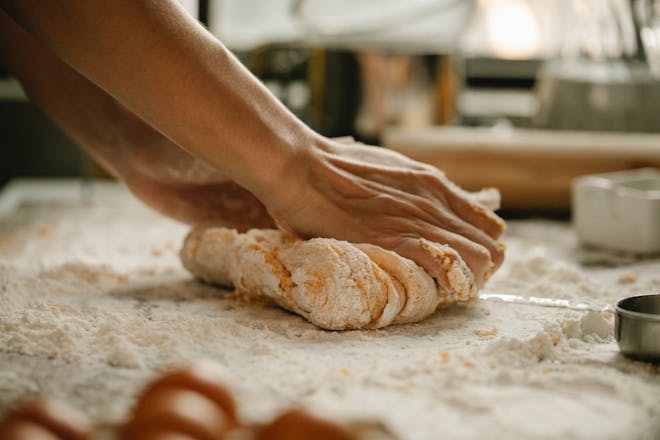Reverse Sear Ribeye: The Ultimate Guide to Perfection
When it comes to preparing a ribeye to mouthwatering perfection, the reverse sear method stands out as a game-changer. This technique, which involves slowly cooking the steak before searing it, ensures that your ribeye is cooked evenly and retains a juicy, flavorful interior with that coveted crusty exterior.
The Basics of Reverse Sear
The reverse sear method starts with gently cooking the ribeye at a low temperature in the oven or on the cooler side of a grill. By slowly bringing the steak up to the desired internal temperature, you create an even cook throughout the meat. This ensures that, unlike traditional methods, you’re not left with a gradient of doneness from the edges to the center.
Why Choose Reverse Sear for Ribeye?
Ribeye steaks are known for their rich marbling and flavor. The reverse sear technique allows those characteristics to shine by preventing overcooking and keeping the moisture locked inside. The result is a steak that’s perfectly pink from edge to edge with a delicious sear that provides texture and taste.
Step-by-Step Guide to Reverse Sear Ribeye
Here’s how to master the reverse sear technique:
1. Preparation
Start by taking your ribeye steak out of the refrigerator and let it sit at room temperature for about 30 minutes. Preheat your oven to 275°F (135°C). Season the steak generously with salt and pepper, or your choice of seasoning.
2. Slow Cooking
Place the ribeye on a rack over a baking sheet and insert a meat thermometer into the thickest part of the steak. Cook the ribeye in the preheated oven until it reaches an internal temperature of about 110-115°F (43-46°C) for medium-rare.
3. The Sear
Once the ribeye reaches the target temperature, remove it from the oven and let it rest while you heat a heavy skillet or cast-iron pan over high heat. Add a small amount of high smoke point oil and sear the steak for about 1-2 minutes on each side, or until a deep brown crust forms.
4. Rest and Serve
After searing, let the ribeye rest for about 10 minutes. This allows the juices to redistribute throughout the meat, ensuring every bite is as delicious as the last. Slice against the grain and serve your perfectly cooked reverse sear ribeye.
Expert Tips for a Flawless Reverse Sear
Here are some additional tips to help you achieve the perfect reverse sear ribeye:
- Meat Quality: Choose a high-quality, well-marbled ribeye for the best results.
- Thermometer: A reliable meat thermometer is key to monitoring the internal temperature of your steak.
- Resting: Don’t skip the resting period after searing. It’s crucial for a juicy steak.
- Finishing Salt: A sprinkle of coarse salt after cooking can enhance the flavor and texture of the crust.
By following this comprehensive guide, you’ll transform a quality cut of ribeye into a culinary masterpiece. The reverse sear method might take a little extra time, but the results are well worth it, delivering a steakhouse-quality ribeye at home.
